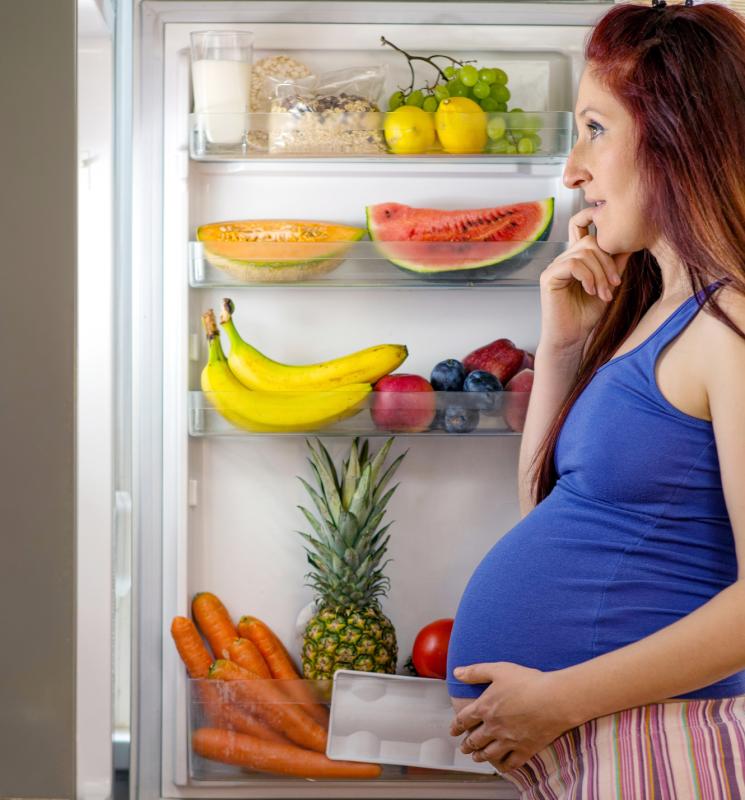
The lutein and zeaxanthin status in pregnant women may play a significant role in the visual developmental trajectory of their offspring, such that higher concentrations of these two carotenoids protect against the risk of poor visual acuity (VA) in children, as reported in a study from Singapore.
“Lutein and zeaxanthin have been implicated in visual function in older adults and shown to protect against age-related macular degeneration (AMD). This is supported by clear evidence from trials showing that lutein and zeaxanthin supplementation improve visual functions (eg, acuity, contrast sensitivity) in older adults with AMD,” according to the investigators. [Investig Ophthalmol Vis Sci 2015;56:252-258]
“Our findings further add to current evidence on the beneficial effects of consuming sufficient quantities of dark green- and orange-coloured fruits and vegetables—key food sources of zeaxanthin and lutein during pregnancy for offspring health,” they added.
The analysis included 471 mother-child pairs from the Growing Up in Singapore Towards healthy Outcomes (GUSTO) cohort. Median maternal lutein and zeaxanthin concentrations were 0.13 and 0.09 µmol/L, respectively. [Nutrients 2020;doi:10.3390/nu12020274]
At the age of 3 years, 126 children were found to have poor VA (>0.3 logMAR; 58 had refractive errors) while 345 had normal VA. Maternal and child characteristics did not differ between the two groups.
In multivariable linear or Poisson regression models, the highest vs lowest tertile of maternal zeaxanthin concentration was associated with a 38-percent lower likelihood of poor VA in children (median, 0.13 vs 0.06 µmol/L; relative risk [RR], 0.62, 95 percent confidence interval [CI], 0.42–0.93; p-trend=0.02).
On the other hand, maternal lutein concentrations showed a U-shaped association with child VA. Compared with the lower tertile, the middle and highest tertiles were associated with a lower likelihood of poor VA in children (median, 0.13 and 0.22 vs 0.08 µmol/L; RR, 0.60, 95 percent CI, 0.40–0.88 and RR, 0.78, 95 percent CI, 0.51–1.19, respectively; p-quadratic=0.02).
“The observed U-shaped association between maternal lutein and child’s VA could be interpreted as lutein being required in lesser amounts than zeaxanthin for optimal macular development, as the effect sizes were somewhat larger and significant for the middle tertile instead of the highest,” the investigators explained.
In anatomical studies, zeaxanthin has been found to be the dominant carotenoid in the fovea (the area in macula that confers the highest visual acuity) and expressed in greater amounts than lutein in individuals aged ≥3 years. [Investig Ophthalmol Vis Sci 1988;29:843-849]
“Alternatively, one study found maternal zeaxanthin concentrations, but not lutein, to correlate with infant macular pigment optical density, suggesting that maternal zeaxanthin may play a more important role than lutein in macular development during the in utero period,” the investigators said. [Investig Ophthalmol Vis Sci 2013;54:5568-5578]
“However, no studies have investigated the effects of different levels of lutein and zeaxanthin on visual performance or showed anatomical and functional differences in the macula to confirm our speculation,” they added.
The investigators called for further investigation to establish the importance of a balanced zeaxanthin:lutein ratio for macular development and whether maternal lutein and offspring VA truly reflect a U-shaped association.